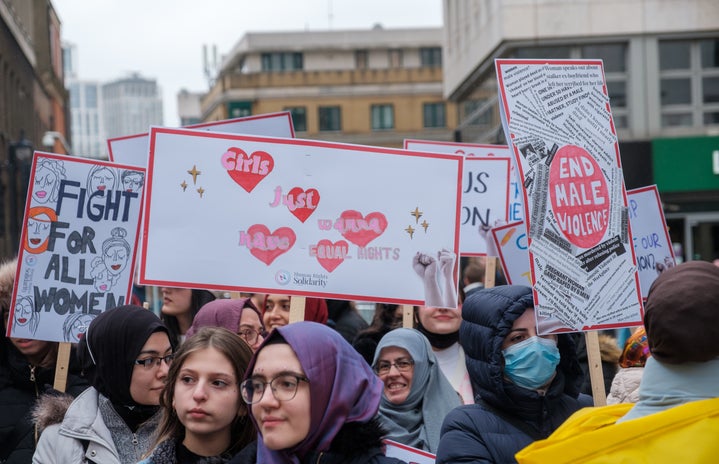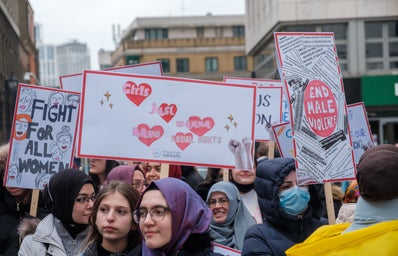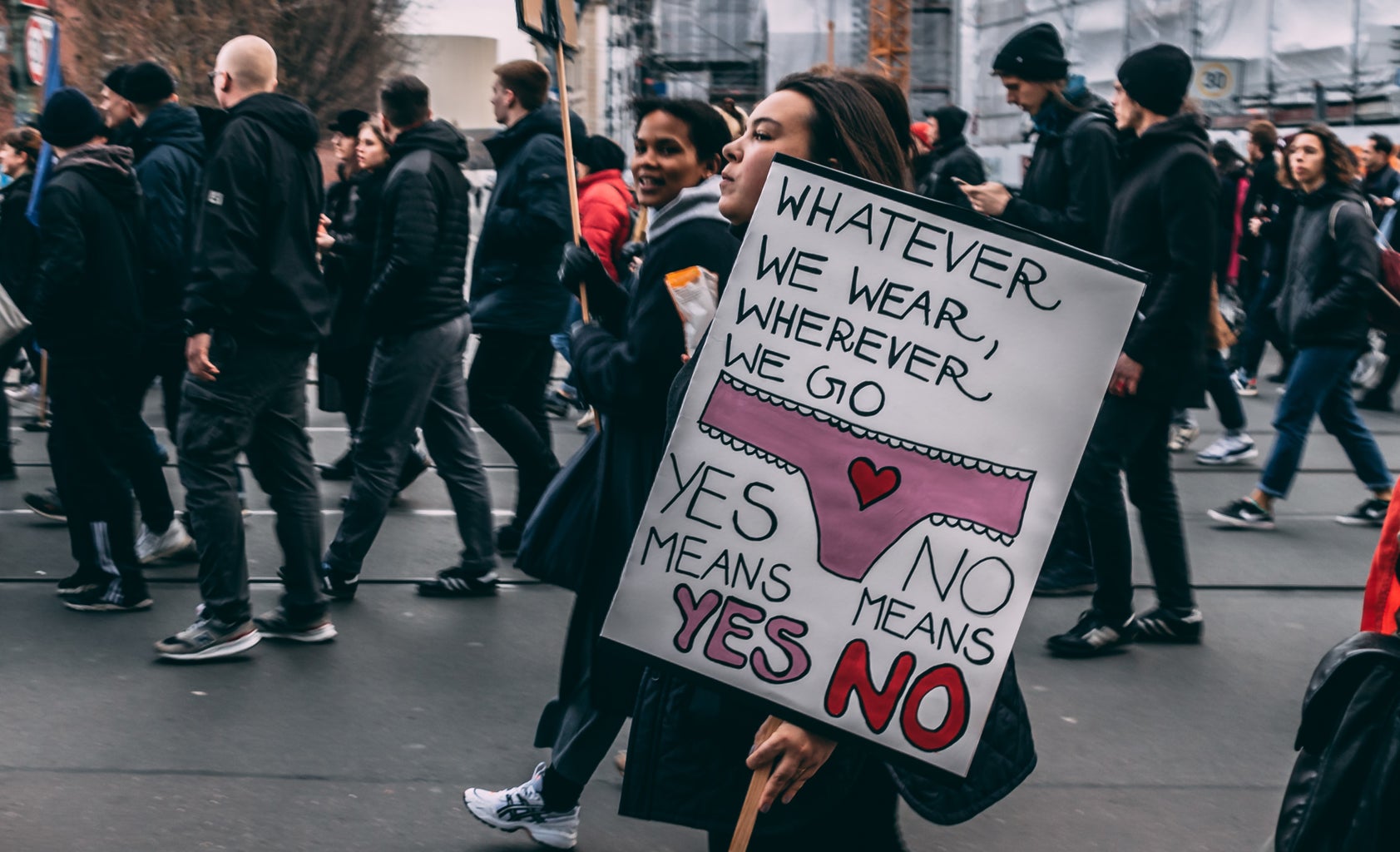Gender inequality is a global issue. Women for Women presents undeniable facts that I will never stop repeating. One in three women has experienced physical or sexual assault. Approximately 70 percent of all people living in poverty are women and girls. Women make up only 22 percent of the world’s political leaders.
The gap between oppression and equality is vast. It’s here in the United States and exceptionally more so in poorer, less developed and conflict-riddled nations. While the American woman is earning almost 20 percent less money than her male counterpart, the women in ultra-poor countries are living off less than $1.25 a day. Women are still fighting for their rights in every continent, and some are just beginning—we all have a long way to go.
“Everywhere in the world, women face social, cultural and economic barriers to equality.”
– Women for Women International
UN Women presents a powerful timeline of how feminism has unfolded and thrived throughout history and the globe. In France, the word feminism is documented for the first time in 1837. In Seneca Falls, New York, the first women’s rights convention is held in 1848. In 1873, 32,000 New Zealand women signed a suffrage petition, promptly yearning for their right to vote and igniting suffrage movements around the world. Then, March 8, 1911 became the first International Women’s Day, amassing populations across Austria, Denmark, Germany, Switzerland and Russia. The 1920s saw women-led uprisings in Nigeria and doctors’ protests for Female Genital Mutilation in Egypt. World Wars I and II thrust women into the men’s workforce and Rosie the Riveter emerged in the West, becoming an international symbol of women’s empowerment.
From Ireland, the Dominican Republic, Iceland, Mexico, Liberia, India, the Arabian Peninsula, North Africa and more, women have proved that they will stand up and fight for themselves in the face of long, withstanding and violent adversity. Upon its birth, the United Nations enshrined gender equality into their values of peace. The 2010 establishment of UN Women provided unrelenting international, intergovernmental championing for women’s rights.
The Women’s March on Jan. 21, 2017, is estimated to have gathered between 3.5 and 5.5 million people worldwide. Millions of men and women in solidarity for one cause, a cause much greater than themselves and their 5.5 million allies. With the new millennium’s technological advancements came the rise of digital activism across online media. We can watch women and girls fight for a gender-equal world anywhere, anytime. Feminism will go as far as possible, reaching as many people and places as possible. Here are some headlining groups of activists currently fighting for women’s rights around the world.
Kenya
Hundreds of women in Nairobi, the capital of Kenya, protest outside the police headquarters in response to a viral video of a woman being sexually assaulted by motorbike taxi drivers.
united kingdom
Imkaan is the only U.K.-based women’s organization that is dedicated to addressing violence against Black and minoritized women and girls.
Afghanistan
Hundreds of Afghan women’s rights campaigners urge President Biden to act over the killing and forced disappearance of Afghan women following the Taliban’s regain of power.
Ukraine
At the opening session of the U.N.’s Commission on the Status of Women’s annual meeting, Undersecretary-General Sima Bahous stated that with every passing day, the Ukraine-Russia war is damaging the lives, hopes and futures of Ukrainian women and girls.
Want to see more HCFSU? Be sure to like us on Facebook and follow us on Instagram, Twitter, TikTok, YouTube and Pinterest!



